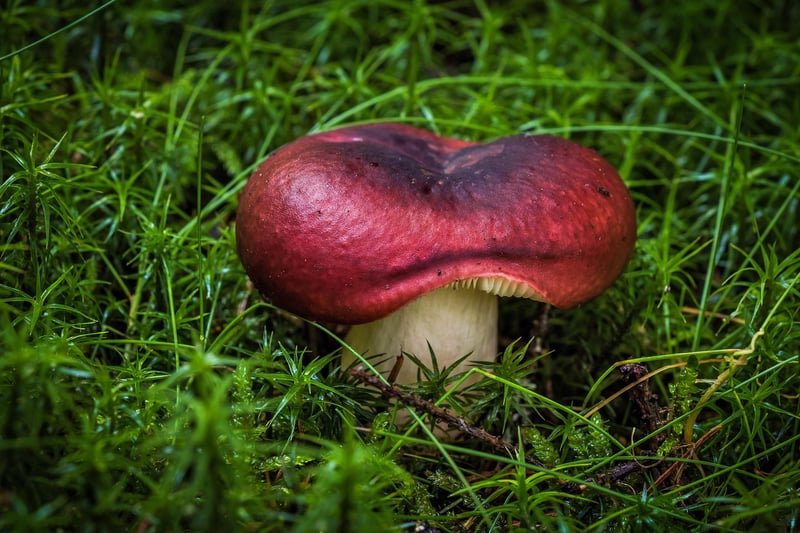Disease Management
Protect Your Plants from Pests: Disease Management Guide
Welcome to our comprehensive guide on protecting your plants from pests and managing diseases effectively. Whether you are a seasoned gardener or just starting out, understanding how to keep your plants healthy is essential for a thriving garden. Read on to discover useful tips and strategies to safeguard your plants.
Identifying Pests and Diseases
The first step in protecting your plants is to be able to identify common pests and diseases that can affect them. Look out for signs such as wilting leaves, yellowing, holes in leaves, or unusual growth patterns. Some common pests include aphids, caterpillars, and spider mites, while diseases like powdery mildew and blight can also pose a threat.
Preventative Measures
Prevention is key when it comes to plant health. Here are some preventative measures you can take:
- Plant disease-resistant varieties
- Maintain proper spacing between plants
- Water plants at the base to avoid wetting foliage
- Rotate crops to prevent disease build-up in the soil
- Keep the garden clean and free of debris
Natural Remedies
Instead of reaching for chemical pesticides, consider using natural remedies to manage pests and diseases:
- Neem oil for controlling insects
- Diatomaceous earth for slug control
- Garlic spray for repelling pests
- Baking soda solution for powdery mildew
Monitoring and Early Intervention
Regularly inspect your plants for any signs of pests or diseases. Early intervention is crucial in preventing the spread of problems. Remove affected leaves or plants promptly and consider using traps or barriers to protect your plants.
Conclusion
By following these tips and being proactive in your plant care routine, you can effectively protect your plants from pests and diseases. Remember that a healthy garden starts with healthy plants, so invest the time and effort into proper maintenance. Happy gardening!

For more information on plant care and gardening tips, visit Gardeners.com.
